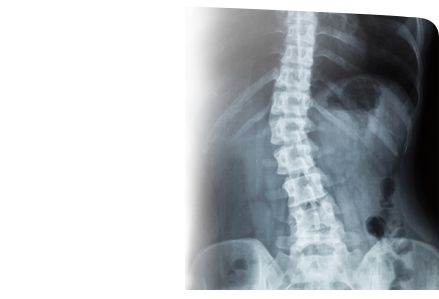The Spine or backbone provides stability to the upper part of our body. It helps to hold the body upright. Below are the basic steps involved in the diagnosis of conditions that affect spine:
- Physical examination
- Patient counseling about onset, duration and intensity of pain
- History of any past treatment
- Evaluation of previous medical reports such as X-rays, CT scans, myelograms, EMG/NCV reports, bone scan and operative notes
- Nerve conduction studies
- Diagnostic imaging techniques such as X-ray, computed tomography (CT) scan, MRI scan or ultrasound to confirm diagnosis
Your doctor will perform a physical examination to evaluate the movements and range of motion of the back. Your doctor may also evaluate the strength and reflexes of the muscles. Your doctor may order nerve conduction studies to detect any neurological impairment. MRI scan may be ordered to analyze soft-tissue damage of the spine. Before undergoing any diagnostic test, inform your doctor if have artificial heart valves, metallic pins, plates or staples, metallic joint prostheses, implanted electronic device as well as pacemaker, implanted drug fusion ports and implanted nerve stimulators.
These diagnostic procedures help in determining the source of back pain, which help in developing the best treatment plan.





















